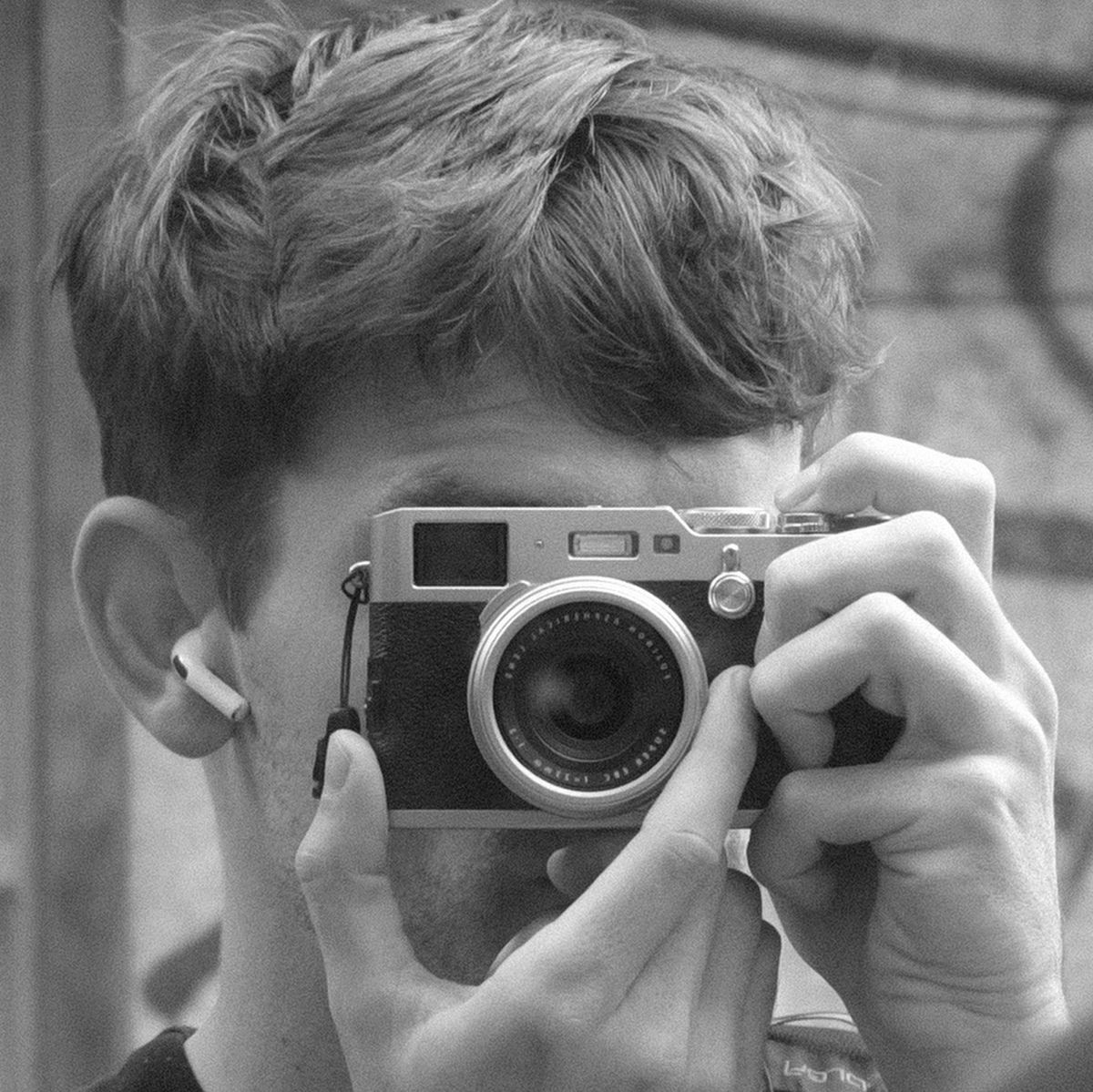Castle (1)

Almost 9 million people live in Osaka, making it only Japan’s third largest city by population; equal in size to London. Its vastness is understated and far less imposing than Tokyo. Its prospects as Japan’s first national capital were strong, until it lost out to Nara in the 8th Century. Osaka Castle, arguably the most significant historical landmark in the city, was (re)built in the early 20th Century and is eerily clean. When I visited, a man juggled daggers to the poignant melody of ‘Amazing Grace’ - it was horrible. Osaka is a city that has moved on, it is unshackled from its history and right in the GDP game. Nara is now a UNESCO World Heritage Site with a population that is deferential to free-roaming deer.
Ramen (2)

A man in his late 50s huddles over bubbling pots of water, disturbed only by well-loved noodle baskets. He wipes his brow and mutters something inaudible. A women also in her late 50s, his wife, refills a chilli flakes pot and points at one of the 6 seats this restaurant can accommodate - it is for the solo diner who has just arrived. There is noise and sound in the room but it has many origins and it is confused. Within minutes a steaming bowl is placed in front of me, I remove two chopsticks from the metal box and burn my mouth with the first slurp. Until I nod back in her direction and smile, the female proprietor won’t move on. Nodding and clumsy google translate is how we communicate. I am sated with 4 big glugs still to go. I slowly count out some cash and leave it on the counter. I receive a nod back. “Arigato daimas” is hollered in my direction and I leave. 15 minutes after it started it is over.
Maritime Museum (3)

In 2000, the Osaka Maritime Museum was opened to great fanfare. It was a celebration of the city’s maritime history and a reminder of how critical the sea was to its success. But the sea and it were not made to be together. The salt corrodes and the waves torment. It has now been closed for 10 years and maintenance has cost Osaka ¥70 million. I was filled with the giddy excitement associated with trespassing, as I stood in its shadow. This thing did not want to be photographed. Almost every frame was spoiled by refracted light or the dulling effect of oversaturated greyness. Each year the city tries to sell off this aluminium breast, but as yet, no Bond villains have been willing to make the purchase. Perhaps next time we should ask the sea, before we place in it, a monument to its majesty.
Zatsuno (4)

Zatsuno has no right to exist in the way that it does. Either side and further along are rammed kushikatsu restaurants frying up a range of items on wooden sticks. The shop has now passed down to the 4th generation and it continues to prosper despite its reluctance to adopt what an MBA student might call ‘good business practices’. It’s something to marvel at and respect as you stand amongst the Christmas decorations and piles of unmarked shoe boxes. Osaka residents are sure that their Japan is the Japan. Perhaps Zatsuno vindicates them.
Dotombori (5)

It is an odd feeling to be conscious of being alive, but it is the only way I can describe how it felt to be stood in Dotombori. I pulsed, it hummed, everyone and everything moved. The illuminated signs lit up faces of excitement, joy and puzzlement. I don’t know what it is all for. But it was enough to walk, pace by pace, never looking down.
Isakaya (6)

A spot to grab a drink, settle in and get comfortable. Isakaya in Osaka is like a symphony. Stood or seated you look on at the conductor. In one breath he is grilling a pepper and in the next he is filleting a fish; all the while maintaining conversation with all manner of fellow patrons. You are entertained, you are watered and you are fed. All around is a performance of chaos, but your visit is concluded with a neat and hand-written receipt reminding you of everything you have enjoyed in your hour of isakaya.

